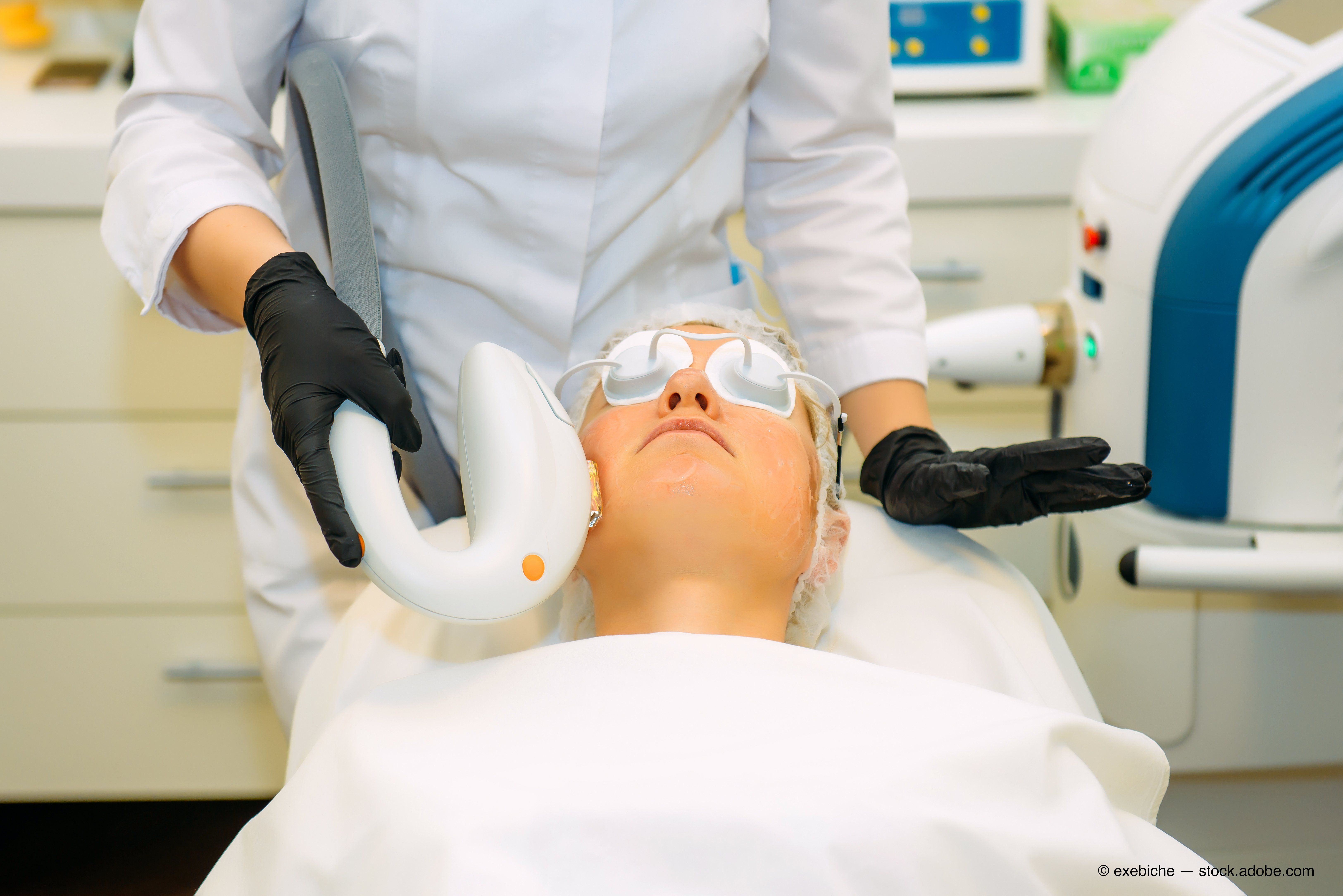Article
Determining where thermal pulsation + IPL therapy meet
Author(s):

For some patients, receiving these two complementary treatments provides measurable results for controlling ocular surface disease.
Editor’s Note: Welcome to “Let's Chat,” a blog series featuring contributions from members of the ophthalmic community. These blogs are an opportunity for ophthalmic bloggers to engage with readers with about a topic that is top of mind, whether it is practice management, experiences with patients, the industry, medicine in general, or healthcare reform. “Let's Chat” continues with this piece on two complementary treatments for ocular surface disease by Cynthia Matossian, MD, FACS. The views expressed in these blogs are those of their respective contributors and do not represent the views of Ophthalmology Times or MJH Life Sciences.
Controlling ocular surface disease (OSD) requires a cohesive plan, whether OSD is the primary complaint or secondary to surgery, glaucoma, or other pathology.
Many of my patients receive thermal pulsation therapy (LipiFlow, Johnson & Johnson Vision) and/or intense pulsed light (IPL) therapy (Optima IPL, Lumenis) because the two modalities effectively approach OSD from different angles, providing synergistic, long-term results.
Previously by Dr. Matossian: Top questions about MGD treatment options Complementary therapies
Patients with OSD often have meibomian gland dysfunction (MGD), characterized by an unstable tear film, thick meibum, clogged glands, and gland dropout. One contributor to both MGD and OSD is inflammation, particularly in patients with rosacea.
Thermal pulsation therpy is designed to address the first problem by thinning and removing impacted old meibum so the meibomian glands can work better, which, in turn, results in a healthier lipid layer and less evaporation of aqueous tears.
Evacuating the meibomian glands also decreases a patient’s risk for atrophy and dropout. IPL therapy takes on the second problem by treating the root cause of MGD: inflammation. It closes off abnormal telangiectatic vessels along the lid margins, which leak proinflammatory mediators and potentiate inflammation.
With proinflammatory mediators minimized, meibomian gland health and meibum production improve. When both procedures are complete, patients’ glands are evacuated and the landscape is less inflamed, promoting the return of a healthy tear film.
Both procedures are straightforward and fit easily into the practice workflow. Thermal pulsation therapy involves applying the activators to heat and massage the eyelids.
Related: 3 questions patients always ask about thermal pulsation therapy
With IPL therapy, the device is swept in two passes from tragus to tragus-or ear to ear-along the cheek, lower lids, and the top of the nose. As long as the laser-grade corneal shields are in place, the upper lids can be treated directly with the device’s smaller IPL head.
Simple protocol
Choosing candidates for these procedures is relatively straightforward. If MGD and telangiectasia are diagnosed, then patients will likely receive these complementary treatments; those with only one of those problems have only the corresponding procedure.
For IPL therapy, patients must fall at a 4 or lower on the Fitzpatrick skin scale.
My approach for patients with both problems varies based on the dominance of either MGD or telangiectasia. If MGD is the primary issue, I treat with thermal pulsation first and continue treatment once per year.
Related: Understanding the expanding role of IPL in dry eye disease
I perform IPL therapy six months after thermal pulsation and continue once per year as well. When a patient has MGD but also a very active rosacea, I first want to get those abnormal vessels under control as much as possible.
I conduct a series of three or four IPL sessions, spaced two to three weeks apart, and then perform a single-session maintenance every six months. The patient has thermal pulsation six months after IPL therapy and then on an annual schedule.
The success of this approach is evident in each patient’s SPEED questionnaire, tear osmolarity, MMP-9 testing, and slit lamp exam.
Individualized concurrent therapies may include cyclosporine (Restasis, Allergan or Cequa, Sun), lifitegrast (Xiidra, Novartis), a good-quality artificial tear, oral omega-3 supplements (PRN), and a heated mask (Bruder).
Once the combination of IPL and thermal pulsation improves the health of the meibomian glands, these supplemental therapies can help patients maintain optimal eye health and ocular comfort.
Read more "Let's Chat" blogs here
Newsletter
Don’t miss out—get Ophthalmology Times updates on the latest clinical advancements and expert interviews, straight to your inbox.





